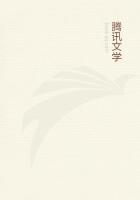It is unnecessary here to mention in detail the particulars of Harrison's invention. These were published by himself in his 'Principles of Mr. Harrison's Timekeeper.' It may, however, be mentioned that he invented a method by which the chronometer might be kept going without losing any portion of time. This was during the process of winding up, which was done once in a day.
While the mainspring was being wound up, a secondary one preserved the motion of the wheels and kept the machine going.
After seven years' labour, during which Harrison encountered and overcame numerous difficulties, he at last completed his first marine chronometer. He placed it in a sort of moveable frame, somewhat resembling what the sailors call a 'compass jumble,' but much more artificially and curiously made and arranged. In this state the chronometer was tried from time to time in a large barge on the river Humber, in rough as well as in smooth weather, and it was found to go perfectly, without losing a moment of time.
Such was the condition of Harrison's chronometer when he arrived with it in London in 1735, in order to apply to the commissioners appointed for providing a public reward for the discovery of the longitude at sea. He first showed it to several members of the Royal Society, who cordially approved of it. Five of the most prominent members--Dr. Bailey, Dr. Smith, Dr. Bradley, Mr. John Machin, and Mr. George Graham--furnished Harrison with a certificate, stating that the principles of his machine for measuring time promised a very great and sufficient degree of exactness. In consequence of this certificate, the machine, at the request of the inventor, and at the recommendation of the Lords of the Admiralty, was placed on board a man-of-war.
Sir Charles Wager, then first Lord of the Admiralty, wrote to the captain of the Centurion, stating that the instrument had been approved by mathematicians as the best that had been made for measuring time; and requesting his kind treatment of Mr.
Harrison, who was to accompany it to Lisbon. Captain Proctor answered the First Lord from Spithead, dated May l7th, 1736, promising his attention to Harrison's comfort, but intimating his fear that he had attempted impossibilities. It is always so with a new thing. The first steam-engine, the first gaslight, the first locomotive, the first steamboat to America, the first electric telegraph, were all impossibilities!
This first chronometer behaved very well on the outward voyage in the Centurion. It was not affected by the roughest weather, or by the working of the ship through the rolling waves of the Bay of Biscay. It was brought back, with Harrison, in the Orford man-of-war, when its great utility was proved in a remarkable manner, although, from the voyage being nearly on a meridian, the risk of losing the longitude was comparatively small. Yet the following was the certificate of the captain of the ship, dated the 24th June, 1737: "When we made the land, the said land, according to my reckoning (and others), ought to have been the Start; but, before we knew what land it was, John Harrison declared to me and the rest of the ship's company that, according to his observations with his machine, it ought to be the Lizard--the which, indeed, it was found to be, his observation showing the ship to be more west than my reckoning, above one degree and twenty-six miles,"--that is, nearly ninety miles out of its course!
Six days later--that is, on the 30th June--the Board of Longitude met, when Harrison was present, and produced the chronometer with which he had made the voyage to Lisbon and back. The minute states: "Mr. John Harrison produced a new invented machine, in the nature of clockwork, whereby he proposes to keep time at sea with more exactness than by any other instrument or method hitherto contrived, in order to the discovery of the longitude at sea; and proposes to make another machine of smaller dimensions within the space of two years, whereby he will endeavour to correct some defects which he hath found in that already prepared, so as to render the same more perfect; which machine, when completed, he is desirous of having tried in one of His Majesty's ships that shall be bound to the West Indies; but at the same time represented that he should not be able, by reason of his necessitous circumstances, to go on and finish his said machine without assistance, and requested that he may be furnished with the sum of 500L., to put him in a capacity to perform the same, and to make a perfect experiment thereof."The result of the meeting was that 500L. was ordered to be paid to Harrison, one moiety as soon as convenient, and the other when he has produced a certificate from the captain of one of His Majesty's ships that he has put the machine on board into the captain's possession. Mr. George Graham, who was consulted, urged that the Commissioners should grant Harrison at least 1000L., but they only awarded him half the sum, and at first only a moiety of the amount voted. At the recommendation of Lord Monson, who was present, Harrison accepted the 250L. as a help towards the heavy expenses which he had already incurred, and was again about to incur, in perfecting the invention. He was instructed to make his new chronometer of less dimensions, as the one exhibited was cumbersome and heavy, and occupied too much space on board.
He accordingly proceeded to make his second chronometer. It occupied a space of only about half the size of the first. He introduced several improvements. He lessened the number of the wheels, and thereby diminished friction. But the general arrangement remained the same. This second machine was finished in 1739. It was more simple in its arrangement, and less cumbrous in its dimensions. It answered even better than the first, and though it was not tried at sea its motions were sufficiently exact for finding the longitude within the nearest limits proposed by Act of Parliament.















